

The Symbolist Movement: A Reaction Against Realism
Summary
Reflection Questions
Journal Prompt
The Symbolism movement, emerging in the late 19th century, marks a profound shift in the arts from the representational fidelity of Realism to a focus on depicting the abstract and the allegorical. Characterized by its emphasis on internal experiences, emotions, and ideas rather than external reality, Symbolism arose as a reaction against the Realist ethos of objective observation and the portrayal of the mundane. In this article, we will provide a comprehensive exploration of the Symbolism movement, tracing its origins and ideological underpinnings, identifying key figures in both art and poetry, and examining its enduring influence on the trajectory of modern artistic expression. Through this examination, we will contextualize Symbolism within the broader tapestry of art history, underscoring its significance as a bridge between Realism and the subsequent avant-garde movements. Read on to learn about the arts and literary movement, Symbolist writers, painters, and more.
Historical Background for the Symbolist Movement
The Rise of Realism in the 19th Century
Realism emerged in the mid-19th century as a pivotal art movement, characterized by its commitment to depicting everyday subjects and scenarios without idealization. This movement arose as a reaction against the romanticized and often dramatized subjects of preceding artistic styles.
Realist artists focused on ordinary people and common situations, aiming to portray them with objective truthfulness. This approach was revolutionary in its insistence on painting the ‘real world,’ and it set a new standard for artistic representation.
Sociopolitical and Cultural Factors Leading to Symbolism


The transition to Symbolism towards the end of the 19th century was influenced by a variety of sociopolitical and cultural factors. Disillusionment with the materialism and industrialization of the era prompted a search for deeper meaning.
Intellectual movements like Romanticism had begun to explore the realms of emotion and spirituality, setting the stage for Symbolism. This period also saw a growing interest in psychology, mysticism, and the subjective human experience. Artists and writers began to seek a mode of expression that transcended the visible world, aiming to capture the unseen, the emotional, and the spiritual.
Contrast Between Realism and Symbolism
Symbolism marked a distinct departure from the principles of Realism. While Realism focused on depicting the external world accurately, Symbolism aimed to represent internal experiences, emotions, and ideas.
Symbolist artists and poets endeavored to convey the underlying essence and meaning of subjects, rather than their outward appearance. They employed metaphors, allegory, and mythological references to express complex themes such as dreams, emotions, and the human psyche.
Symbolism, therefore, can be seen as a reaction against the empirical focus of Realism, representing a shift from the observable to the imagined.
Fuel your creative fire & be a part of a supportive community that values how you love to live.
subscribe to our newsletter
Core Characteristics of Symbolism
Philosophical Underpinnings
The Symbolism movement was deeply rooted in a philosophical framework that emphasized introspection, subjectivity, and the representation of an internal reality. This philosophy was a departure from the empirical and materialist orientation of the 19th century, leaning towards an exploration of the spiritual, the unconscious, and the realm of dreams rather than the natural world.
Symbolists believed that truth could be more accurately conveyed through symbols and metaphors that reflected the internal experiences and emotions of the individual, rather than through direct representation of the external world.
Key Symbolist Themes and Subjects
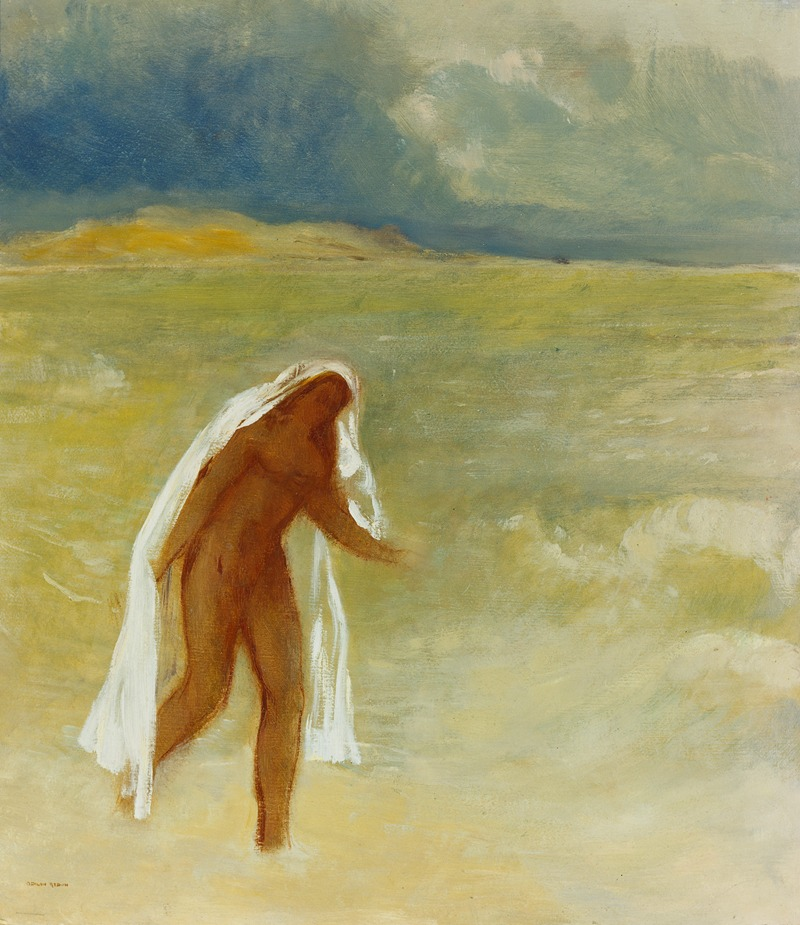

Symbolism was characterized by its focus on themes that delved into the mystical, the dreamlike, and the emotionally intense. Common themes included love, fear, angst, death, and the transience of life. Symbolist artists and poets frequently explored the darker aspects of the human psyche. Symbolist imagery also explored the metaphysical and the spiritual. They were often drawn to mythological and dream imagery, using these as vehicles to express complex and often ineffable human experiences.
Distinctive Stylistic Features in Art and Poetry
In art, Symbolism manifested through a distinctive style that favored evocative and sometimes abstract imagery over realistic representation. Symbolist artists employed color, line, and form in ways that prioritized mood and atmosphere.
In poetry, the movement was marked by an emphasis on rhythm, and an evocative, musical quality of language. Symbolist poets used dense imagery and complex metaphors, often leaving their poetry open to multiple interpretations.
Both in Symbolist art and poetry, the aim was to evoke rather than to describe, inviting the viewer or reader to engage in a deeper, often personal interpretation of the work.
Inspirations
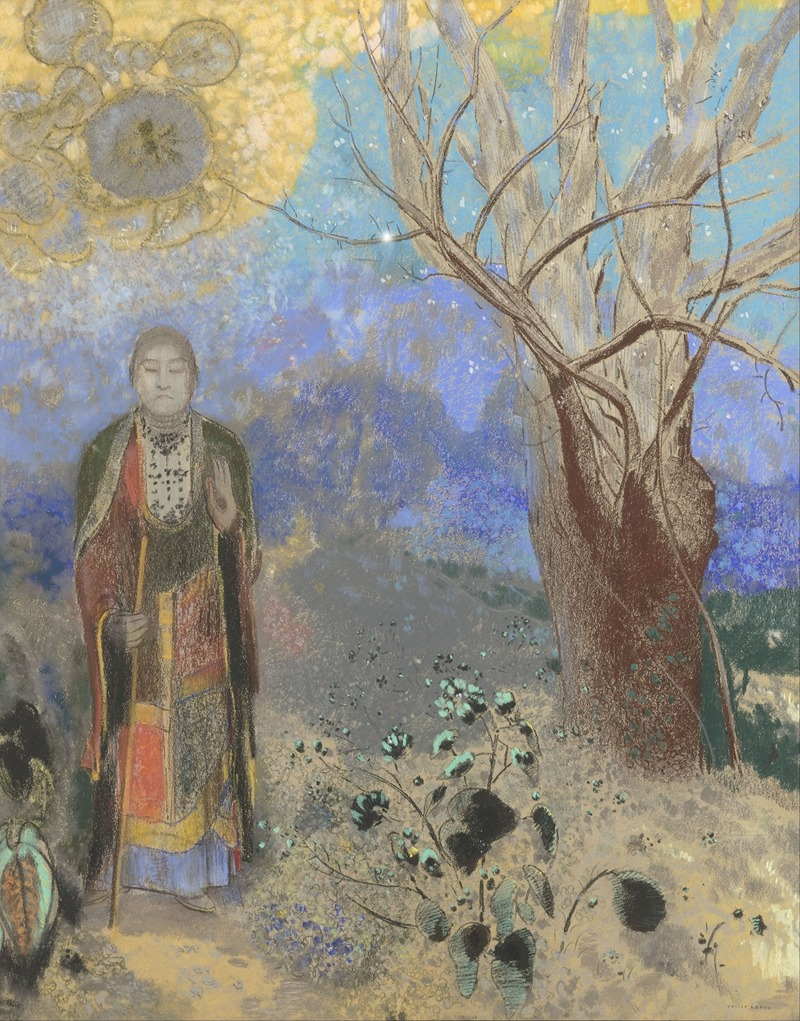

Symbolist painting and poetry drew inspiration from a diverse array of sources, blending various cultural, philosophical, and artistic influences to create a movement that was both unique and reflective of its broader historical context. These inspirations include the following.
Japanese Art: As previously mentioned, Japanese art, particularly woodblock prints, had a significant impact on Symbolist artists. The aesthetics of these prints, characterized by flat areas of color, attention to line, and a departure from traditional Western perspectives, resonated with the Symbolists’ pursuit of depicting the inner world and emotions. This influence was part of the wider Japonism trend in Europe.
Romanticism: The Romantic movement, with its emphasis on emotion, individualism, and the sublime, was a precursor to Symbolism. Symbolists inherited the Romantics’ fascination with the irrational aspects of the human experience, such as dreams, visions, and the supernatural.


are you a fine artist or photographer?
Spiritual and Mystical Traditions: Symbolists were often inspired by various spiritual and mystical beliefs, including theosophy, occultism, and Eastern philosophies. These traditions offered alternative approaches to understanding reality, emphasizing the existence of a deeper spiritual realm that Symbolists sought to explore and express in their work.
Literary Sources: Symbolist poets and artists were influenced by a range of literary works, including the writings of Edgar Allan Poe, whose exploration of the macabre and the mysterious aligned with Symbolist themes. Additionally, the symbol-laden works of poets like Charles Baudelaire and Arthur Rimbaud provided both inspiration and a model for the Symbolist style.
Psychology and Dreams: The burgeoning field of psychology, particularly the study of dreams and the subconscious, was another key influence. The work of psychologists like Sigmund Freud and Carl Jung, who explored the symbolism and significance of dreams, resonated with the Symbolists’ interest in the inner workings of the mind.
Classical Mythology and Folklore: Symbolist artists and writers often drew on classical mythology, legends, and folklore to find symbols and themes that could convey universal human experiences and emotions. These ancient stories provided a rich source of imagery and narrative that Symbolists reinterpreted in their work.
Medieval and Renaissance Art: Some Symbolists were also inspired by the art of the Medieval and Renaissance periods, which they viewed as more spiritually and symbolically rich than the art of their own time. This included an appreciation for the Gothic style in architecture and visual arts, as well as the allegorical content of Renaissance paintings.
Nature and the Natural World: Nature was a common theme in Symbolist art and poetry, often portrayed as a source of spiritual and emotional inspiration. The natural world was seen as a symbol of inner experiences, moods, and the ineffable aspects of life.
Through these diverse sources of inspiration, Symbolist artists and poets created works that transcended the literal and material, aiming to capture the essence of human experience and emotion in a nuanced and evocative manner.
Symbolism in Art
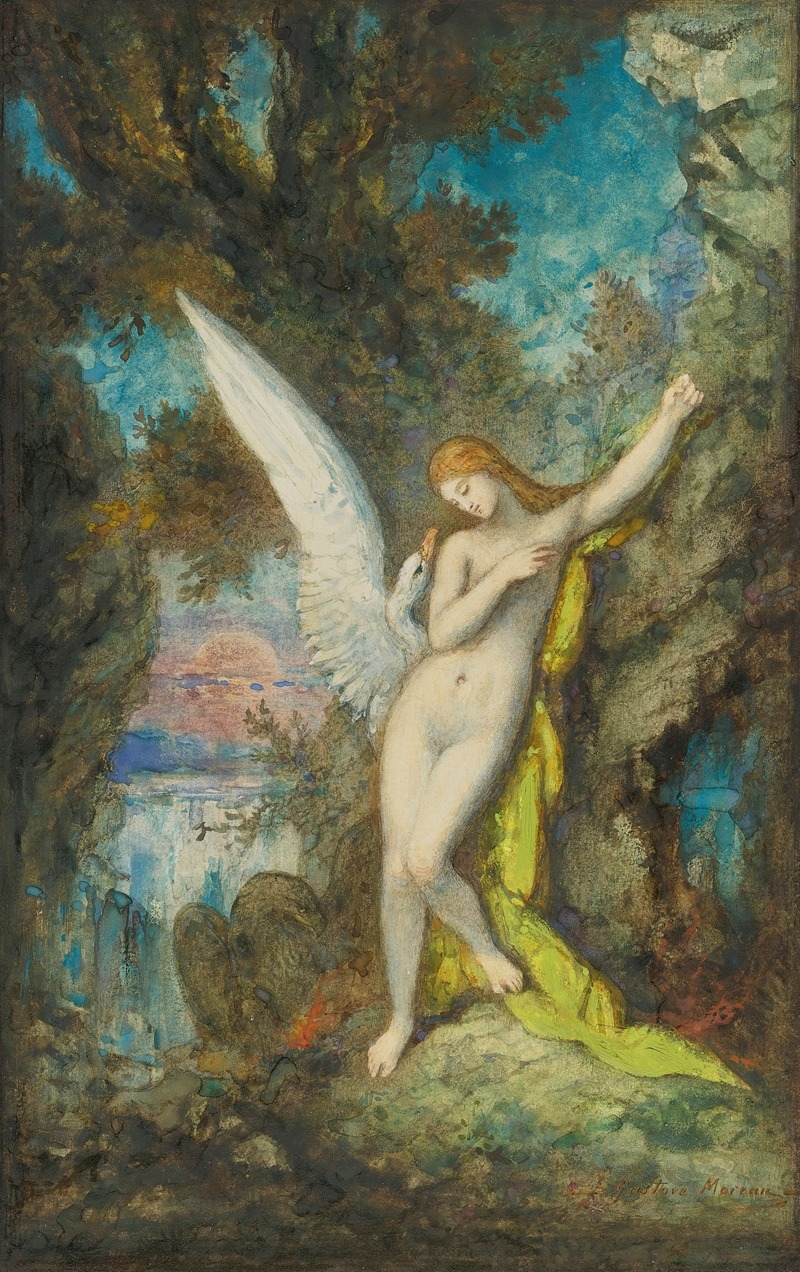

Symbolism in visual arts emerged as a response to the realistic depiction of subjects in art, veering towards the portrayal of the mystical, emotional, and spiritual. This artistic movement, burgeoning in the late 19th century, saw artists moving away from representing the external world and instead focusing on conveying the inner experiences and emotions.
Symbolist artists sought to express ideas and emotions not through direct representation, but through suggestive and metaphorical imagery, often imbued with a sense of the mystical or otherworldly.
Analysis of Techniques and Motifs in Symbolist Art
Symbolist artists employed a range of techniques and motifs to evoke mood and emotion rather than to depict reality. They often used bold colors, distorted forms, and exaggerated imagery to create dream-like, sometimes nightmarish, scenes. Symbolism was marked by its use of mythological and dream imagery, symbols of death and sexuality, and an overall aura of mystique. These elements were combined to create a visual language that was more about evoking a feeling or idea than portraying a realistic scene.
Key Artists and Their Contributions
Gustave Moreau
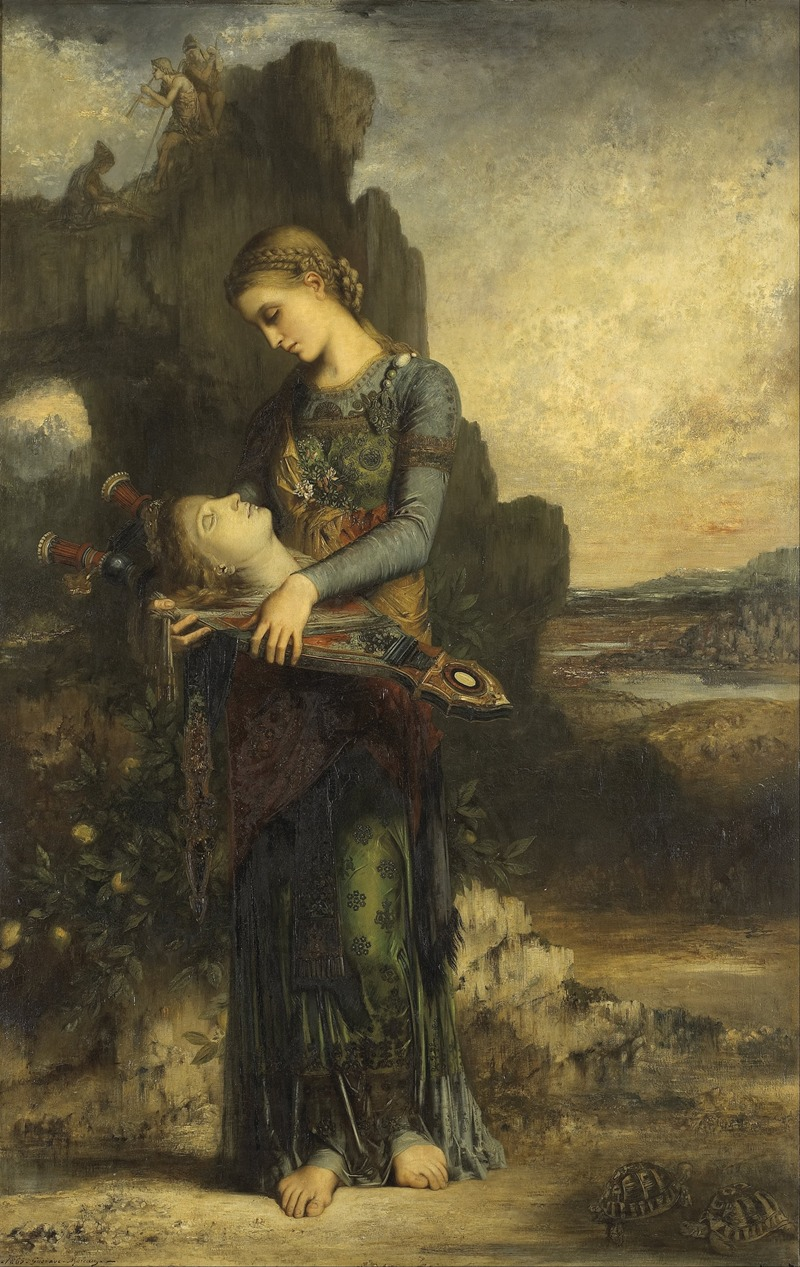

Moreau was a pivotal figure in Symbolist art, known for his elaborate, mystical scenes filled with intricate detail and rich color. The artist expressed an interest in biblical and mythological themes. Moreau often imbued his works with a dreamlike and melancholic quality.
Odilon Redon


Redon’s work is characterized by a blend of the eerie and the sublime, often featuring fantastical creatures, dream-like landscapes, and a unique use of color and light. His work ventured into the exploration of the subconscious, predating the Surrealist fascination with dreams and the unconscious mind.
Edvard Munch
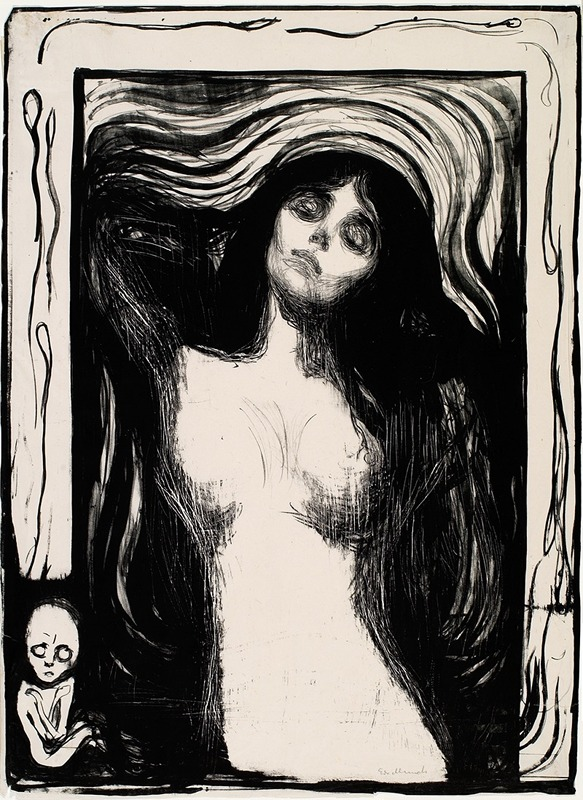

While sometimes associated more closely with Expressionism, Munch’s work had significant Symbolist influences. His most famous work, ‘The Scream,’ exemplifies Symbolist themes with its portrayal of an anguished, distorted figure against a turbulent, emotionally resonant landscape. Munch’s art frequently explored themes of life, death, fear, and existential angst.
Gustave Klimt
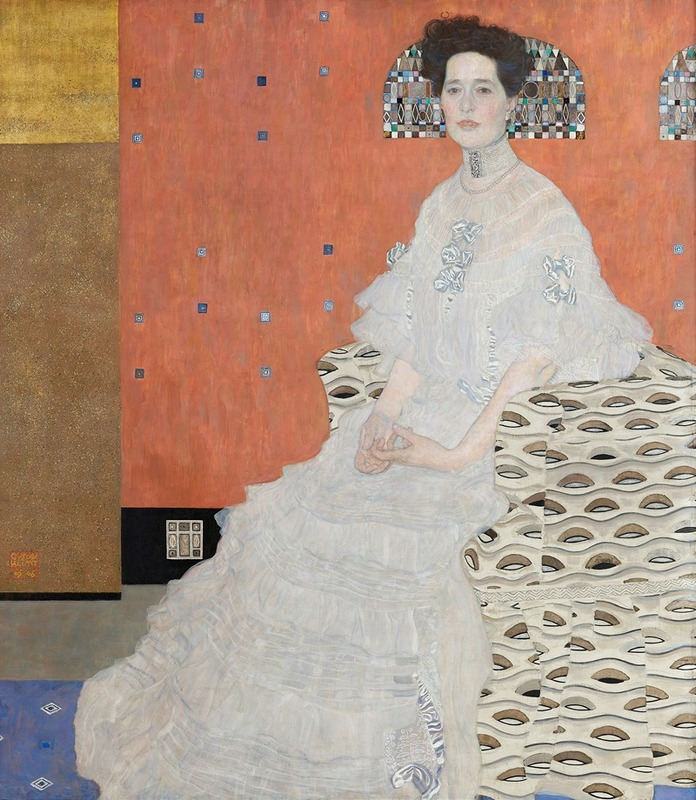

Gustave Klimt, an Austrian painter who was active in the late 19th and early 20th centuries, is often associated with Symbolism, especially in his early works. Klimt’s work during his Symbolist period often dealt with themes of regeneration, death, and the cycle of life. His subjects were frequently allegorical, drawing on mythological and biblical stories. This was in line with the Symbolist movement’s focus on representing ideas and emotions rather than physical reality.
In true Symbolist fashion, Klimt’s paintings from this period are rich in symbols and allegorical imagery. He used these symbols to explore deeper themes like love, sexuality, and existential angst. His work often portrayed a complex, sometimes enigmatic narrative that was open to multiple interpretations.
Symbolism in Literature, Poetry, and Drama
In literature, Symbolism represented a shift away from conventional narrative forms and realistic descriptions, focusing instead on evoking mood and capturing the ineffable qualities of human experience. Symbolist poets sought to convey emotions and ideas indirectly through highly symbolic language and complex metaphors. This movement in poetry was characterized by an emphasis on the inner life, exploring themes of dreams, spirituality, and the unconscious mind, often with an undertone of melancholy or mysticism.
The Symbolist Manifesto
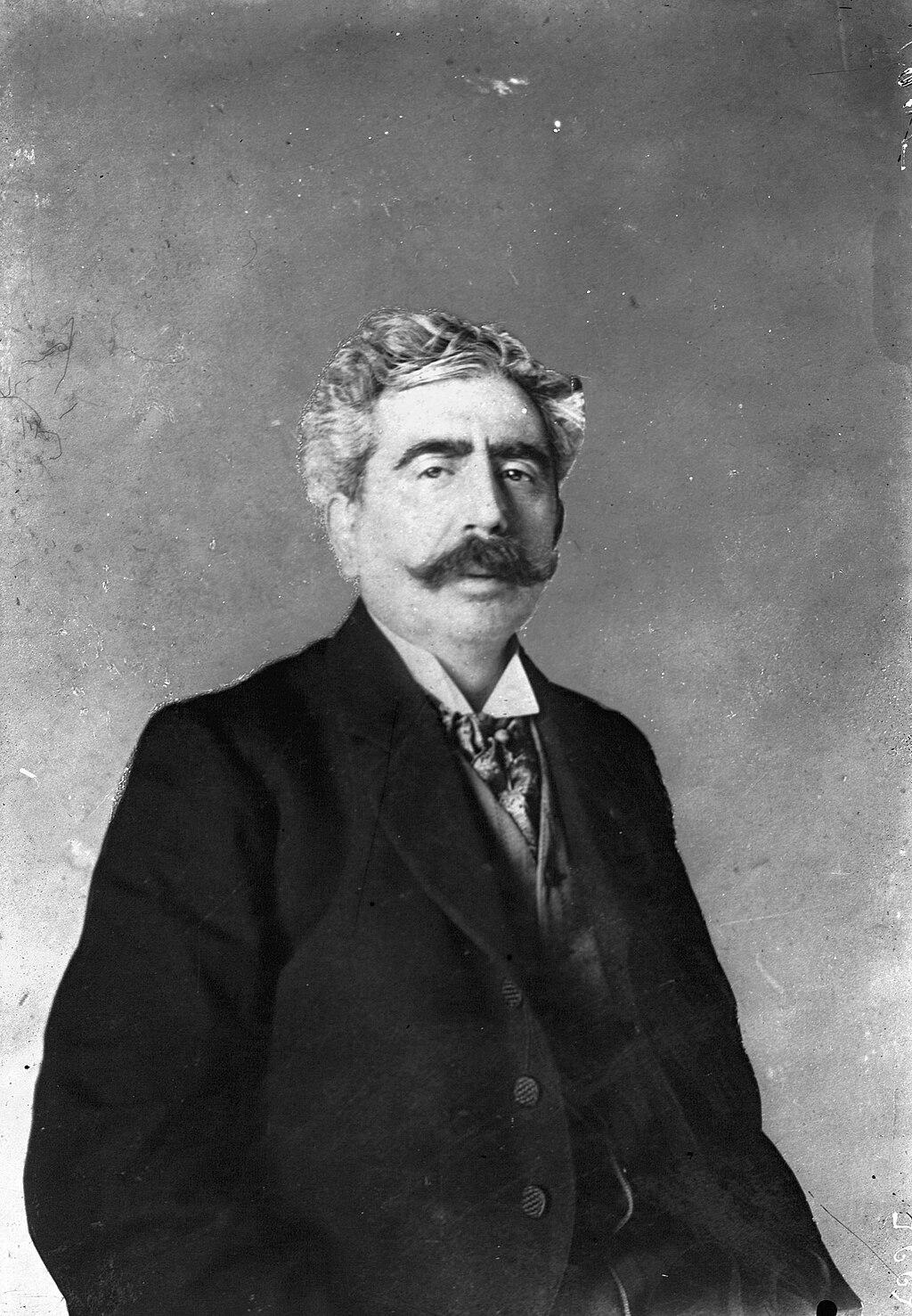

The Symbolist Manifesto (“Le Symbolisme”), written by the French poet Jean Moréas, was published on September 18, 1886, in the Paris newspaper “Le Figaro.” This document is significant as it formally defined and articulated the principles of the Symbolist movement, primarily in literature and poetry, but its influence extended to the visual arts and music as well. It’s important to note that Symbolism in visual art emerged slightly earlier and had more diverse origins beyond one written document.
Key Aspects of the Symbolist Manifesto
Rejection of Realism and Naturalism: The manifesto explicitly rejected the Realist and Naturalist schools’ focus on the objective representation of reality. Moréas criticized these movements for their detailed depiction of the physical world and mundane subjects.
Emphasis on Subjectivity and the Inner Experience: Moréas and many Symbolist poets advocated for a form of art that emphasized inner experiences, feelings, and ideas over objective reality. Symbolism was to be about expressing the artist’s inner vision and exploring the realms of dreams, myths, and emotions.
Use of Symbols: As the name suggests, Symbolism was characterized by the use of symbols. Moréas argued for the use of symbolic language that could allude to deeper meanings and evoke emotions and ideas. Symbolist poetry used language that was often intentionally vague or ambiguous, leaving room for multiple interpretations.
Inspiration from Mythology and Dreams: The manifesto emphasized the importance of drawing inspiration from mythology, ancient cultures, dreams, and the subconscious. These sources were seen as wellsprings for the universal symbols that could transcend the mundane aspects of reality.
Influence on Poetry and Other Arts: While the manifesto primarily addressed poetry, its principles resonated in other art forms. Symbolist painters, for instance, sought to express similar themes through visual imagery, often with a dream-like or mystical quality. Symbolist theatre also adopted these principles and aesthetics.
Legacy and Influence: The Symbolist Manifesto played a crucial role in shaping the Symbolist movement and influenced subsequent artistic and literary developments, including Surrealism and Modernism. It helped shift the focus of art from the external to the internal, and from direct representation to abstracted, metaphorical expression.
The Symbolist Manifesto was a foundational document that not only defined a new direction in art and literature but also represented a broader cultural and philosophical shift in how artists and writers perceived and expressed reality.
Examination of Poetic Form and Content
Symbolist poetry often broke from traditional verse forms and structures, favoring free verse and more fluid, rhythmic patterns to mirror the flow of consciousness and emotions. The content was imbued with layered symbolism, with poets using language to suggest rather than to describe, inviting multiple interpretations. Imagery in Symbolist poetry was often abstract, esoteric, or dreamlike, reflecting the poets’ fascination with the unseen and the mystical.
Influential Writers and Their Symbolist Works
Charles Baudelaire
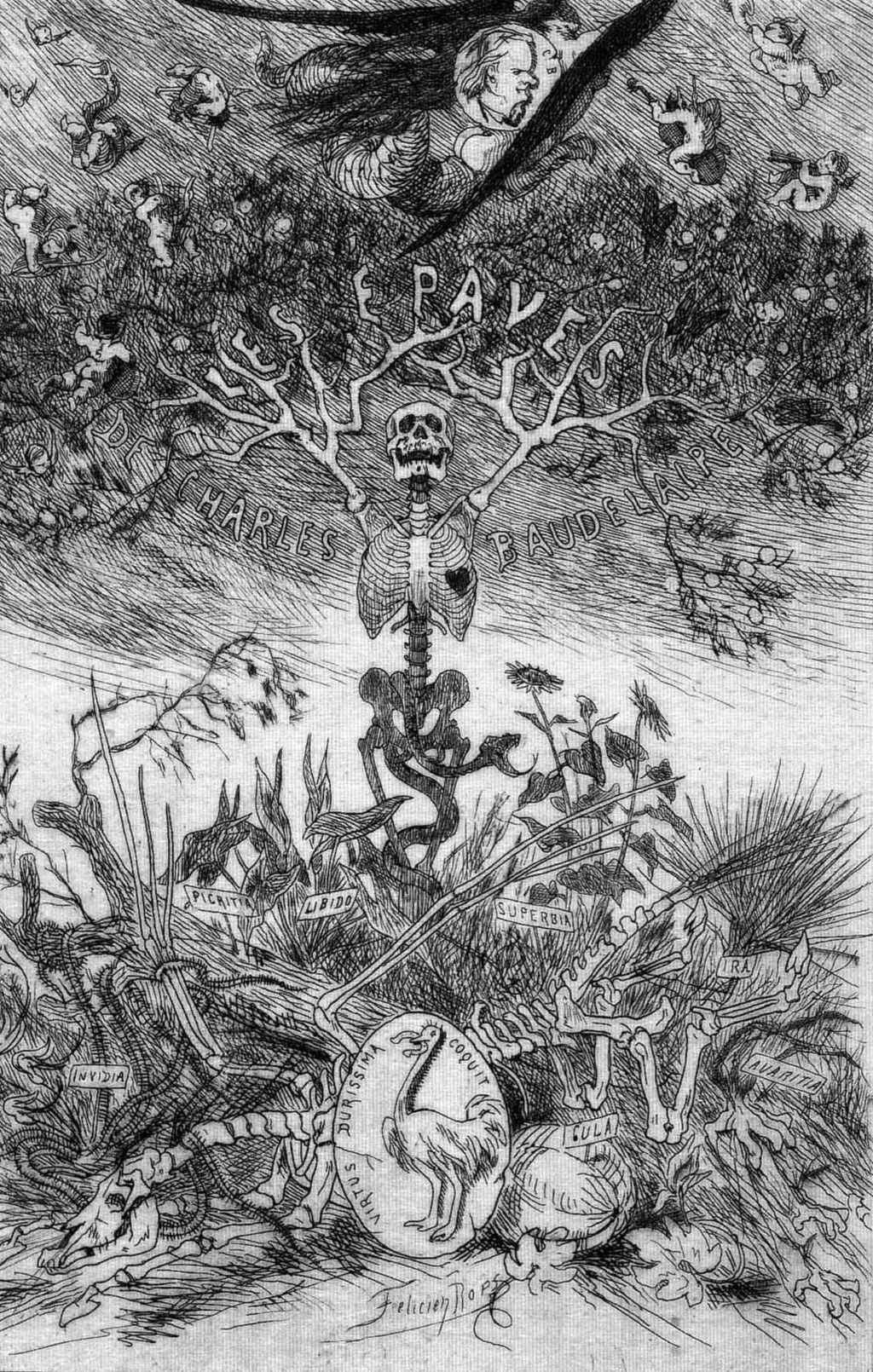

Baudelaire’s work, especially his collection “Les Fleurs du mal” (The Flowers of Evil), is seminal in Symbolist literature. His poetry is known for its complex imagery and exploration of themes like decadence and eroticism, juxtaposed with an urban backdrop.
Arthur Rimbaud
Rimbaud was a key figure in the development of Symbolism in poetry. His works, including “A Season in Hell” and “Illuminations,” are celebrated for their innovative use of language and exploration of the subconscious, breaking from traditional literary forms.
Paul Verlaine
Verlaine’s poetry, including collections like “Romances sans paroles” (Songs Without Words), is noted for its musical quality and delicate, impressionistic style. He played a crucial role in shaping the Symbolist aesthetic in poetry, emphasizing the sound and rhythm of words as much as their meaning.
Maurice Maeterlinck
Belgian Symbolist playwright Maurice Maeterlinck was a key figure in bringing Symbolist aesthetics to the stage. His plays, such as “Pelléas et Mélisande,” are known for their dreamlike atmosphere and emphasis on the unspoken and the mysterious.
Maeterlinck’s use of symbolic elements and minimalist dialogue in his plays created a unique dramatic style that aligned with the Symbolist movement’s emphasis on mood and internal experience. His work significantly influenced the development of theatrical Symbolism, adding a new dimension to the movement that extended beyond poetry and visual arts.
Symbolism’s Influence and Legacy
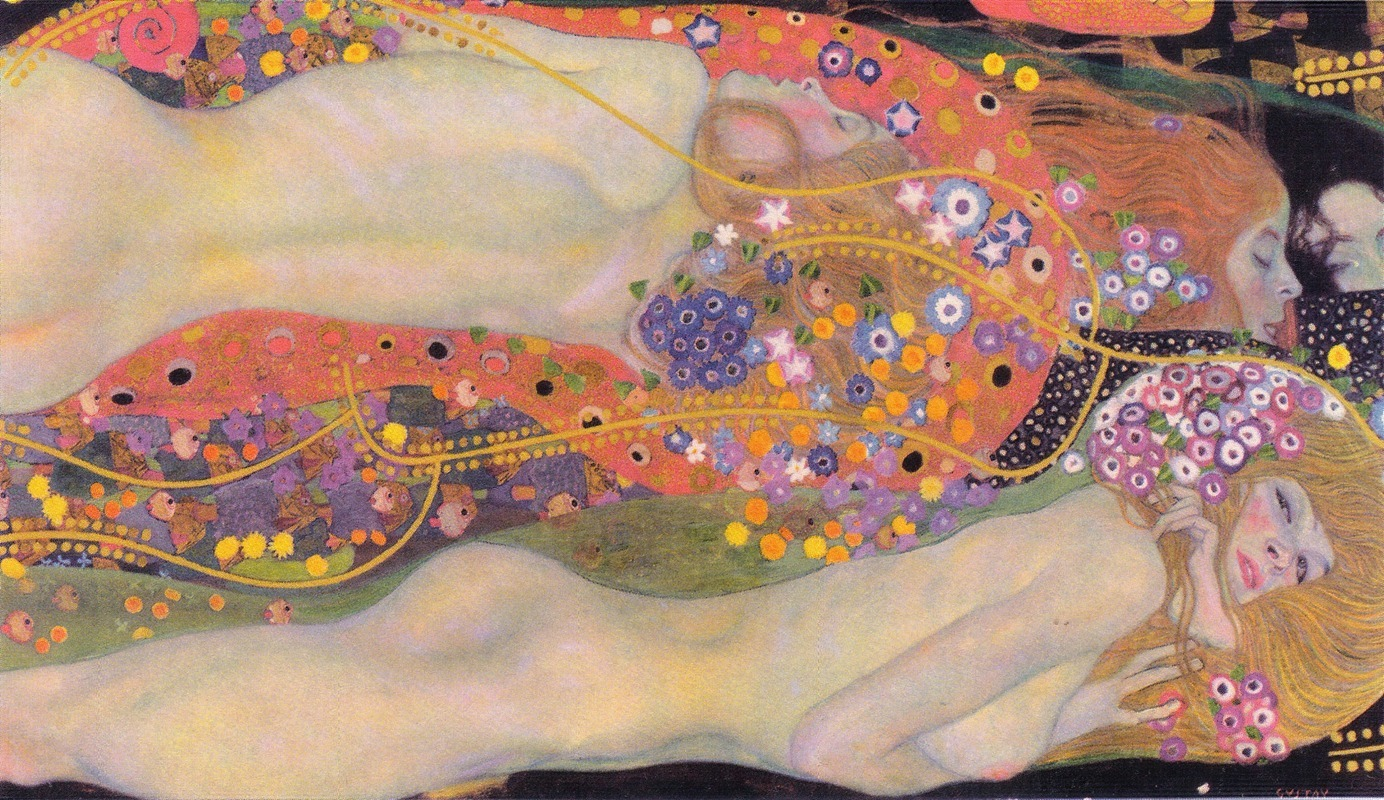

The influence of Symbolist ideas and aesthetics extended well beyond the movement’s peak in the late 19th and early 20th centuries, profoundly impacting subsequent artistic movements. Notably, it paved the way for Surrealism, with its focus on dream imagery and exploration of the unconscious. However, Symbolism is often criticized for its focus on the “femme fatale” archetype.
The artistic movement also had a significant effect on Expressionism, especially in terms of conveying emotional depth and subjective experiences. Symbolism’s emphasis on personal symbolism and abstract representation can be seen in the evolution of modern art, providing a foundation for artists to explore internal realities rather than merely depicting the external world.
Symbolism’s Role in the Development of Modern Art and Literature
Symbolism played a critical role in the transition from traditional to modern forms in both art and literature. It challenged established norms and conventions, encouraging a more introspective and subjective approach. Symbolism is often considered part of early Modernism, but it has overlaps with Decadence and Aestheticism too.
In literature, Symbolism’s impact is evident in the stream-of-consciousness technique and the use of complex, layered imagery. In visual arts, its legacy is seen in the abstract and non-representational movements that followed. Symbolism thus served as a bridge, ushering in new ways of thinking about and representing human experience and perception.
Continuing Relevance in Contemporary Culture
The principles of Symbolism remain relevant in contemporary culture, influencing various forms of artistic expression. Its legacy is evident in contemporary works that prioritize mood, atmosphere, and the exploration of psychological landscapes.
Symbolism’s emphasis on the power of symbols and metaphors continues to resonate in modern literature, film, and visual arts, demonstrating its enduring impact on how stories and experiences are conveyed and interpreted. The movement’s exploration of the human psyche and the metaphysical aspects of existence remains a rich source of inspiration for artists and writers seeking to capture the complexities of the human condition.
Direct Comparison of Symbolism and Realism
Symbolism and Realism represent two distinct approaches to artistic expression. Realism, focused on accurate, unembellished depiction of the everyday world, emphasized objective representation and direct observation.
Symbolism, in contrast, eschewed this direct representation in favor of conveying the internal, subjective experience. While Realism aimed to capture the physical and tangible aspects of the world, Symbolism sought to express emotions, ideas, and states of mind through metaphorical and often abstract imagery. This fundamental difference reflects the divergent perspectives of these movements on the nature and purpose of art.
Influence of Symbolism on Other Contemporary Movements
Symbolism had a profound influence on contemporary artistic movements. Its focus on the subjective experience and use of metaphor laid groundwork for movements like Surrealism, which further explored the realm of the subconscious and dreamlike imagery. However, the Symbolists’ interest in dreams foreshadows later psychoanalytic movements.
Additionally, Symbolism’s emphasis on personal and emotional expression can be seen as a precursor to the individualistic and introspective nature of Expressionism. These movements continued and expanded upon Symbolism’s break from traditional representation, further exploring the potential of art to convey internal human experiences.
The Movement’s Contribution to the Evolution of Artistic Expression
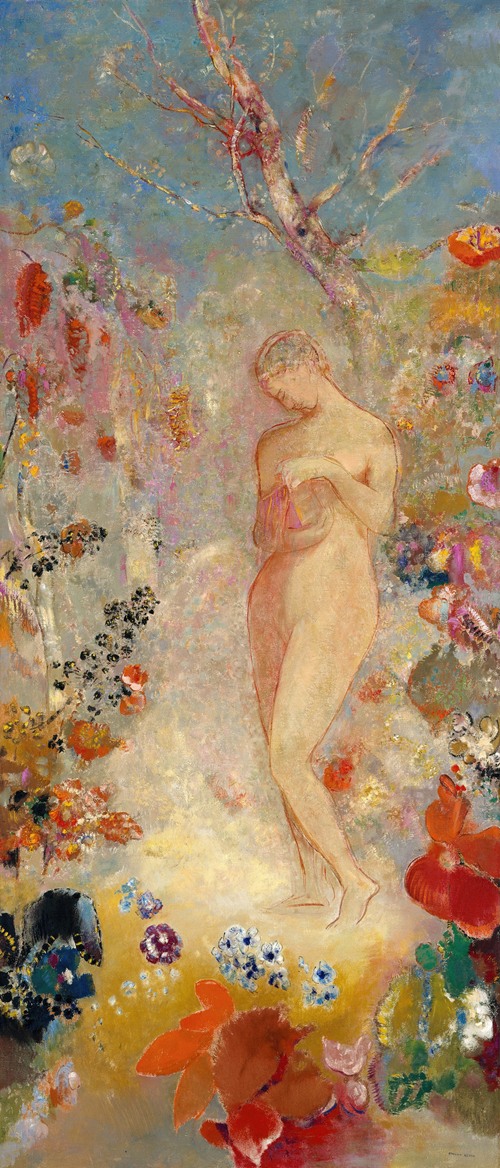

Symbolism contributed significantly to the evolution of artistic expression by challenging conventional norms and encouraging a more introspective and subjective approach to art. Its emphasis on symbolism and the abstract representation of ideas broadened the scope of what art could convey, moving beyond the literal to the metaphorical.
This shift played a crucial role in the development of modern art, laying the foundation for later artistic exploration into the realms of emotion, thought, and imagination. Symbolism’s legacy is evident in the continued importance of metaphor and symbolic imagery in contemporary art, highlighting its enduring impact on the way artists express and audiences interpret the human experience.
Final Thoughts on Symbolist Art and Literature
Symbolism’s significance lies in its redefinition of artistic objectives, shifting the focus from external representation to the exploration of the internal, emotional, and spiritual realms. This movement has had an enduring impact on the trajectory of both visual and literary arts, influencing subsequent movements like Surrealism and Expressionism and reshaping the way artists conceptualize and convey the human experience.
Ultimately, Symbolism’s place in art history is distinguished by its groundbreaking approach to representation, its rich legacy in modern artistic expression, and its ongoing relevance in contemporary artistic discourse, continually inspiring artists and audiences to explore beyond the visible world into the depths of human emotion and thought.








